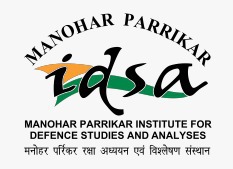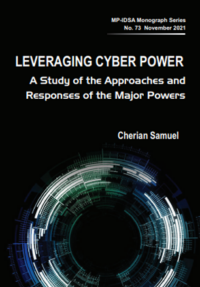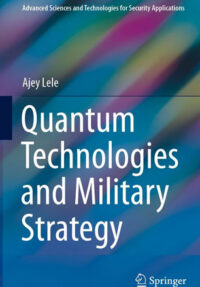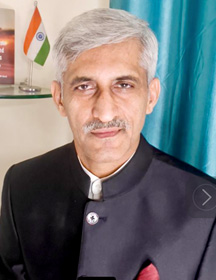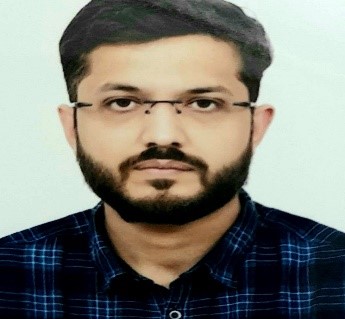Space Sustainability: Consent to Security Insurance
On 6 June 2012 the European Union (EU) launched a multilateral diplomatic process to discuss and negotiate an International Code of Conduct (CoC) for outer space. This CoC is designed as a complementary mechanism for the existing framework and for ensuring the security, safety and sustainability of all outer space activities. Space sustainability is about ensuring that outer space is used for the advancement of society and providing society with the various benefits of space technologies.
- Ajey Lele
- September 2012
